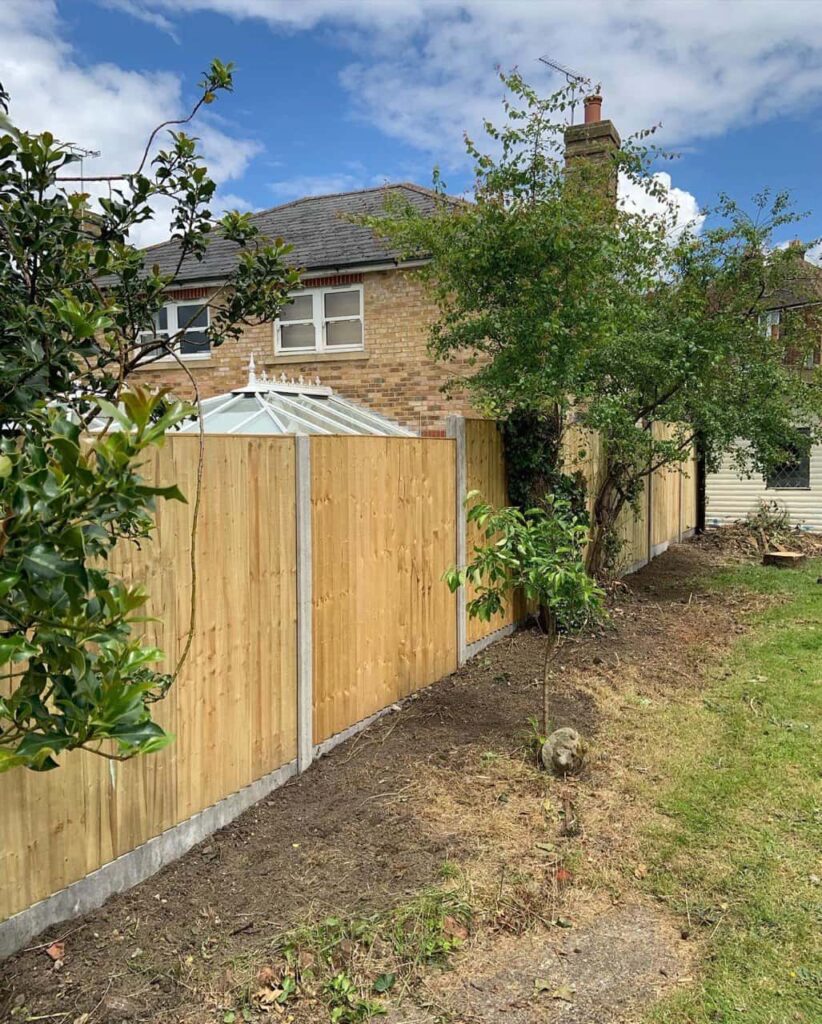When to Replace Old Stock Fencing
Stock fencing plays a vital role in the safe and effective management of agricultural land, livestock, and rural property boundaries. Over time, however, even the most robust fencing begins to show signs of wear due to weather exposure, ground movement, or ongoing pressure from animals. At Fast Fix Fencing Mundford, we work with landowners across Mundford, Norfolk to assess the condition of their stock fencing and recommend timely replacements that protect livestock and preserve property value.
If you’re unsure whether your existing stock fencing is still doing its job effectively, here’s what to look out for and when it’s time to consider a full replacement.
Why Replacing Worn Stock Fencing Matters
Old or damaged stock fencing can lead to a range of problems, including:
- Livestock escapes, posing risks to both the animals and public safety
- Damage to crops or neighbouring land from stray animals
- Weakened perimeter security, increasing the risk of trespassing or theft
- Higher repair costs from repeated patching
- Non-compliance with animal welfare or land management regulations
Taking a proactive approach to fence replacement not only reduces risk but ensures that your fencing meets the current needs of your land and livestock.
Signs It’s Time to Replace Your Stock Fencing
1. Persistent Repairs Are Becoming Frequent
If you find yourself repeatedly repairing the same sections of fencing, it may be more cost-effective to replace the entire run.
- Rotten timber posts needing frequent replacement
- Sagging or loose wire netting
- Repeated breaks caused by animal pressure or weather
- Temporary fixes that don’t last
Frequent repairs are a sign that the structure has reached the end of its usable life.
2. Rotting or Leaning Fence Posts
Timber posts exposed to the elements are especially vulnerable to rot at the base.
- Posts that wobble, lean, or break easily compromise the entire fence line
- Fence lines with uneven tension often point to failing support
- Replacing individual posts in old fencing may not restore full structural integrity
If multiple posts are affected, a full replacement ensures a consistent, secure structure.
3. Loose, Rusted or Broken Wire
Wire netting is essential for containing smaller livestock such as sheep, pigs, or poultry.
- Rust weakens the wire and makes it prone to snapping
- Loose wires reduce tension, making the fence easier to breach
- Gaps in mesh can allow animals to escape or predators to enter
Replacing damaged netting with modern, galvanised stock fencing ensures longer life and improved strength.
4. The Fence No Longer Meets Your Livestock Needs
As your farming operation evolves, your fencing may no longer be suitable.
- Changing from sheep to cattle requires stronger, taller fencing
- Horses need specific post and rail or electric fencing
- Small livestock like goats may require tighter mesh and additional security
Installing the right type of fencing for your animals is essential for their safety and control.
5. Damage from Storms, Machinery, or Tree Growth
External factors such as falling branches, vehicle strikes, or growing tree roots can compromise the integrity of your fencing.
- Torn or flattened sections are often beyond repair
- Shifts in the ground may affect the alignment or height of the fence
- Long-term damage from vegetation can be hidden until it’s too late
Replacing damaged fencing improves functionality and helps maintain a clean, professional appearance for your land.
Benefits of Replacing Stock Fencing
Replacing old fencing is not just about safety—there are long-term benefits as well:
- Improved livestock control, reducing stress on animals and owners
- Reduced long-term maintenance costs
- Enhanced land appearance and property value
- Better durability and resistance with modern materials
- Compliance with current agricultural and boundary standards
At Fast Fix Fencing Mundford, we use high-quality, pressure-treated timber and galvanised wire netting to ensure our stock fencing stands up to the Norfolk weather and the demands of active farmland.
Choosing the Right Replacement Fencing
When replacing your stock fencing, consider:
- The type and size of livestock
- Terrain and ground conditions
- Weather exposure and wind load
- Access requirements for machinery or vehicles
- Budget and expected lifespan of the fencing
Our team in Mundford, Norfolk can assess your land and recommend the most suitable fencing system, from traditional timber and wire to heavy-duty stock fencing and electric fencing integration.
Why Choose Fast Fix Fencing Mundford?
Fast Fix Fencing Mundford is trusted by landowners across Mundford, Norfolk for reliable, high-quality fencing installations. We offer:
- Honest assessments and advice on when replacement is necessary
- Full removal and responsible disposal of old fencing
- Expert installation using premium materials
- Timely, efficient service with minimal disruption to your land
- Long-lasting solutions designed to suit your specific requirements
Our goal is to protect your land and livestock with fencing you can depend on year after year.
Conclusion
Knowing when to replace old stock fencing is crucial for maintaining a safe, efficient, and secure environment for your livestock and property. While repairs can buy time, a full replacement often provides greater peace of mind and long-term savings. If you’re in or around Mundford, Norfolk and think your fencing may be due for an upgrade, contact Fast Fix Fencing Mundford. Our expert team will carry out a thorough inspection and provide a practical, professional solution tailored to your needs.
Call us on: 01842 771 491
Click here to find out more about Fast Fix Fencing Mundford
Click here to complete our contact form and see how we can help with your fencing needs.

